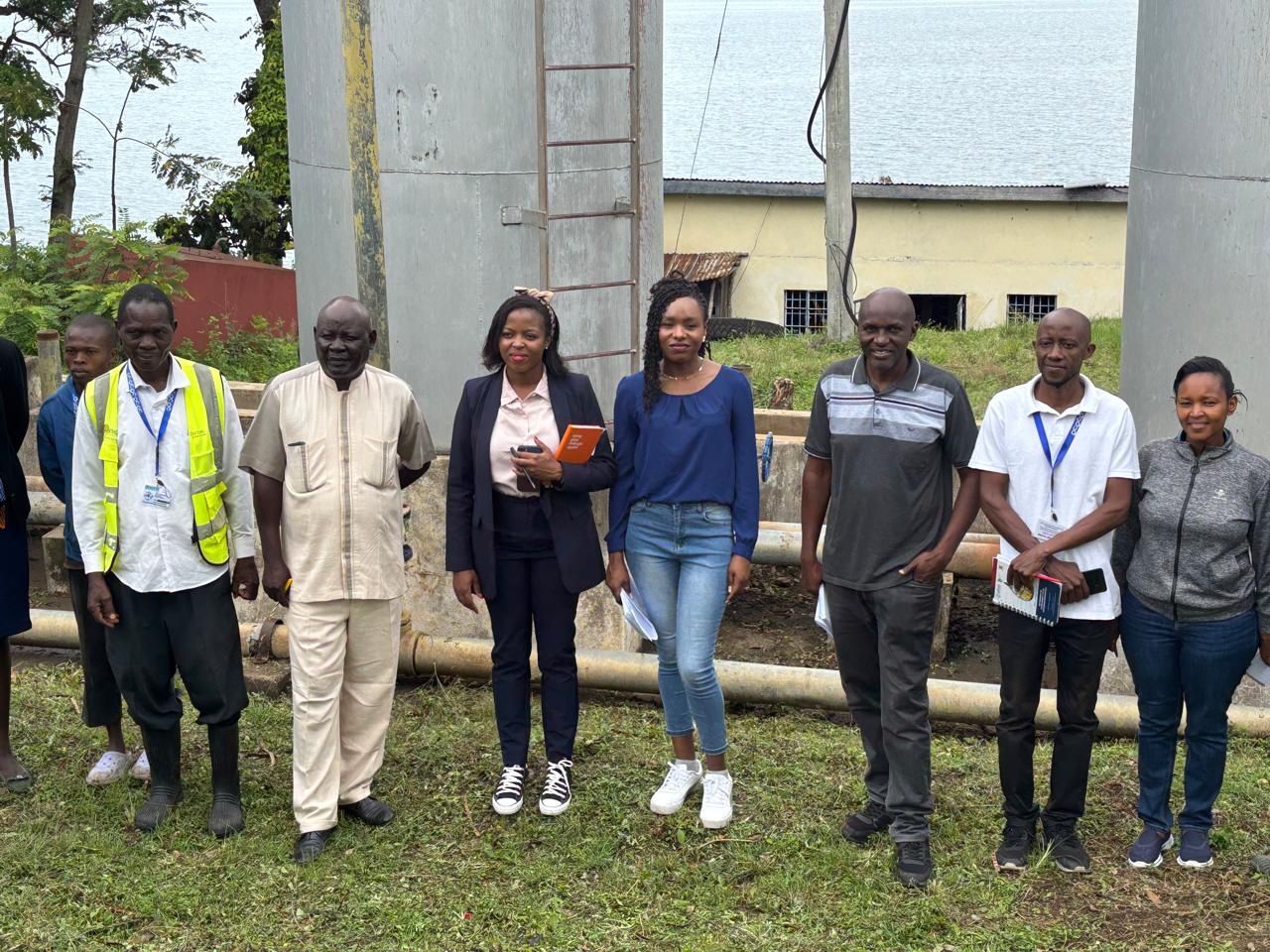Transforming Water Access in Siaya County - A Model for Sustainable Development - Kenya
Transforming Water Access in Siaya County - A Model for Sustainable Development
In a significant step towards achieving Sustainable Development Goal 6 clean water and sanitation for all the Embassy of the Kingdom of the Netherlands, in collaboration with Dorcas Aid International, North GEM Community Development Program, and Maji Milele, conducted a field visit to four rehabilitated water schemes in Siaya County: West Uyoma, East Uyoma, Got Matar, and Naya. These schemes are part of the Siaya County Water and Sanitation Project, funded by the Sustainable Water Fund (SWF) under the Netherlands Enterprise Agency (RVO)
Innovative Public-Private Partnership Model
The project employs a Public Ownership, Private Management (POPM) model, combining the strengths of public oversight and private sector efficiency. This approach has led to the rehabilitation and expansion of water infrastructure, installation of solar-powered pumping systems, establishment of communal water points and individual connections, and the implementation of smart metering solutions. These advancements have resulted in a 95% revenue collection rate and have provided approximately 100,000 residents with reliable access to clean water.
Empowering Communities and Enhancing Sanitation
Beyond infrastructure, the project has significantly improved sanitation, with over 92,000 people now accessing improved facilities. Community engagement has been central, with 166 change agents trained to promote hygiene practices, reaching over 64,000 individuals. The initiative also emphasizes gender inclusion, with women comprising 36.7% of leadership roles within the Scheme Supervisory Boards and holding over half of the 225 direct jobs created.
Opportunities for Further Investment
The success of the Siaya project highlights opportunities for private sector involvement in areas such as solar system optimization, infrastructure enhancement, establishment of booster stations, reduction of non-revenue water, and catchment protection. This model serves as a blueprint for sustainable water management and community empowerment, with potential for replication in other regions

